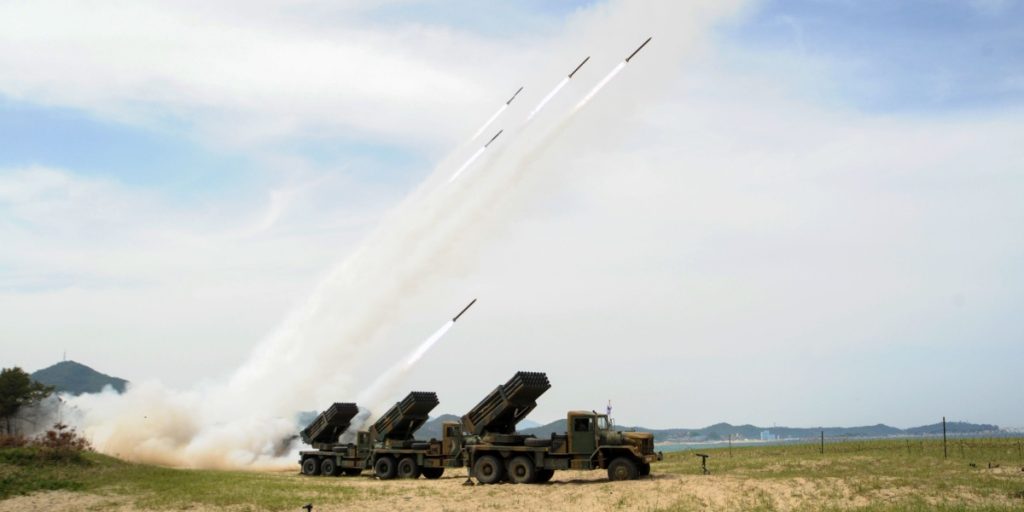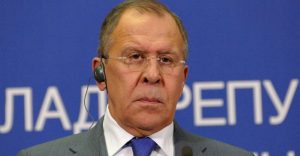India’s Defense Exports Rise with Focus on Affordability
Others are reading now
Many countries are rethinking where they get their weapons. War in Ukraine has reshaped the global arms trade.
Russia is focused on its own military needs. Western nations are sending supplies to Ukraine, which is creating shortages. Into this gap, India is stepping forward.
India wants to become a bigger player in the global defense market.
It is now working on a plan to offer low-cost, long-term loans to foreign buyers through its state-run Export-Import Bank, according to the Kyiv Independent.
Also read
The goal is to help other countries buy Indian-made weapons.
The plan targets countries that have long bought weapons from Russia or the old Soviet Union.
These include nations like Algeria, Morocco, Tanzania, Ethiopia, Cambodia, Argentina, Brazil, and Guyana.
Many of them already use equipment that works well with Indian systems.
India also plans to send more defense attachés to embassies in places like Africa, Southeast Asia, and South America.
These officials will promote Indian defense products and help with government-to-government deals.
Sometimes, Indian officials will step in directly to handle negotiations.
Prime Minister Narendra Modi’s government hopes to double India’s defense exports to $6 billion by 2029.
Sales have already grown a lot. A decade ago, India exported just $230 million worth of weapons.
Last year, it aimed for $3.5 billion but didn’t quite reach that. Still, it’s getting closer each year.
Part of India’s appeal is price. Indian-made artillery shells can cost as little as $300 to $400 each.
Similar European shells can cost around $3,000. Indian howitzers sell for about $3 million. That’s half the price of what some Western countries charge.
India’s defense industry has long mixed Russian and Western designs.
That gives it some flexibility. Officials say they’re now getting more interest from abroad.
On April 7, Ukraine’s military reported that a part made in India was found in a Russian weapon system.
It was a small electronic part called a clock buffer. It came from Aura Semiconductor, an Indian company.
India’s role in the global arms business may be about to grow.



